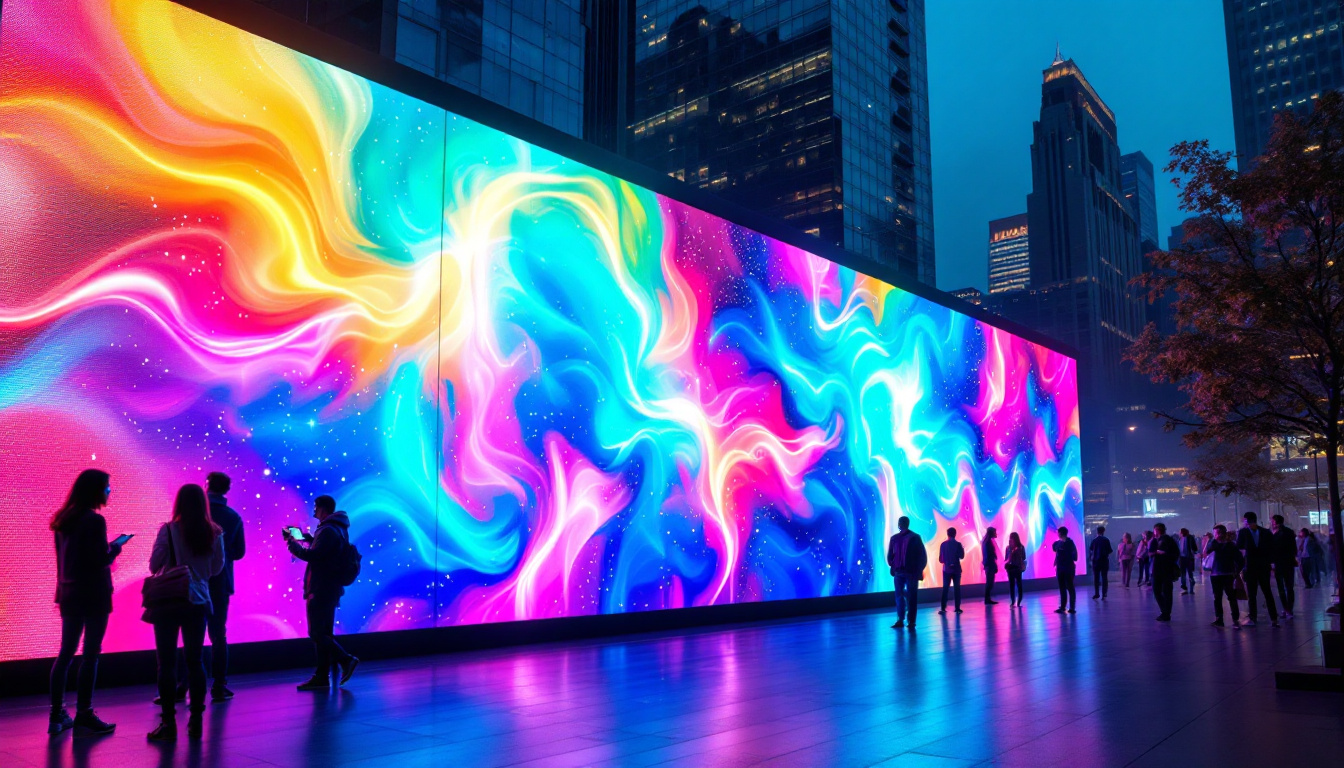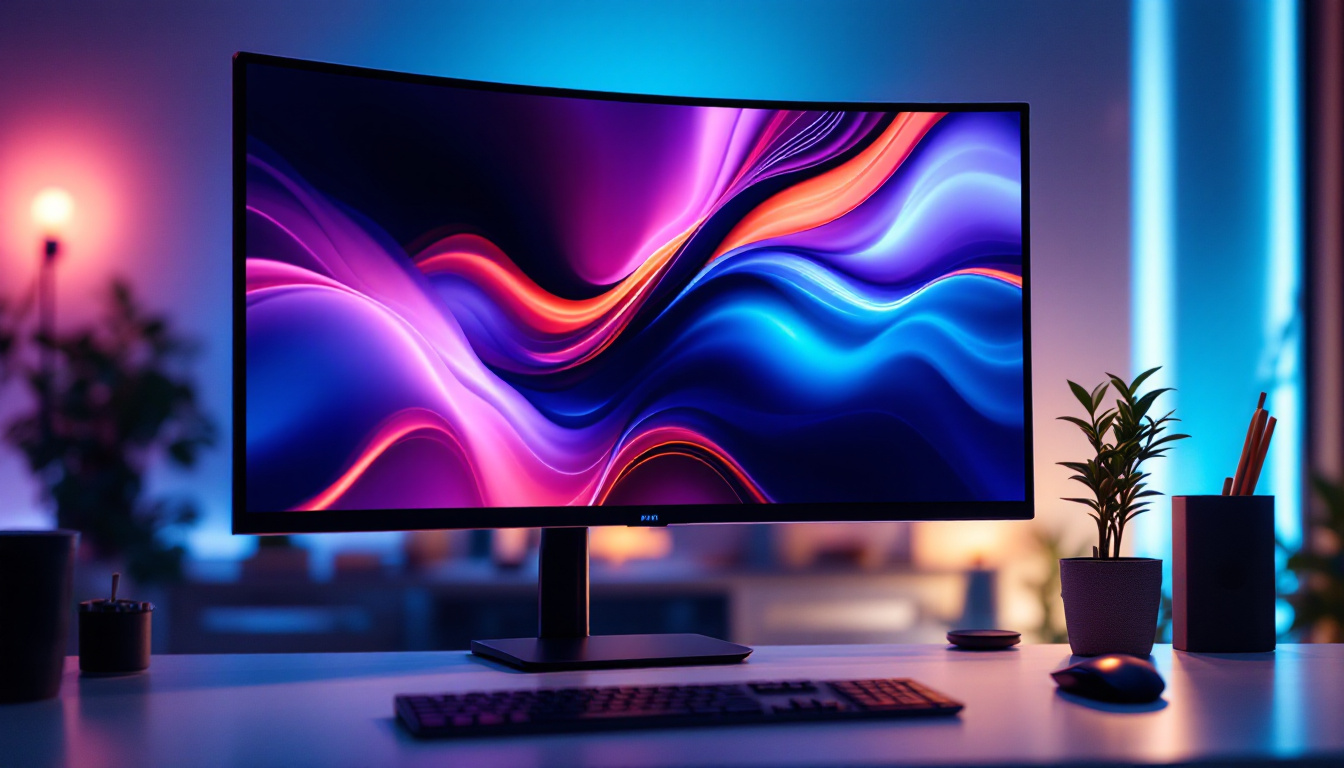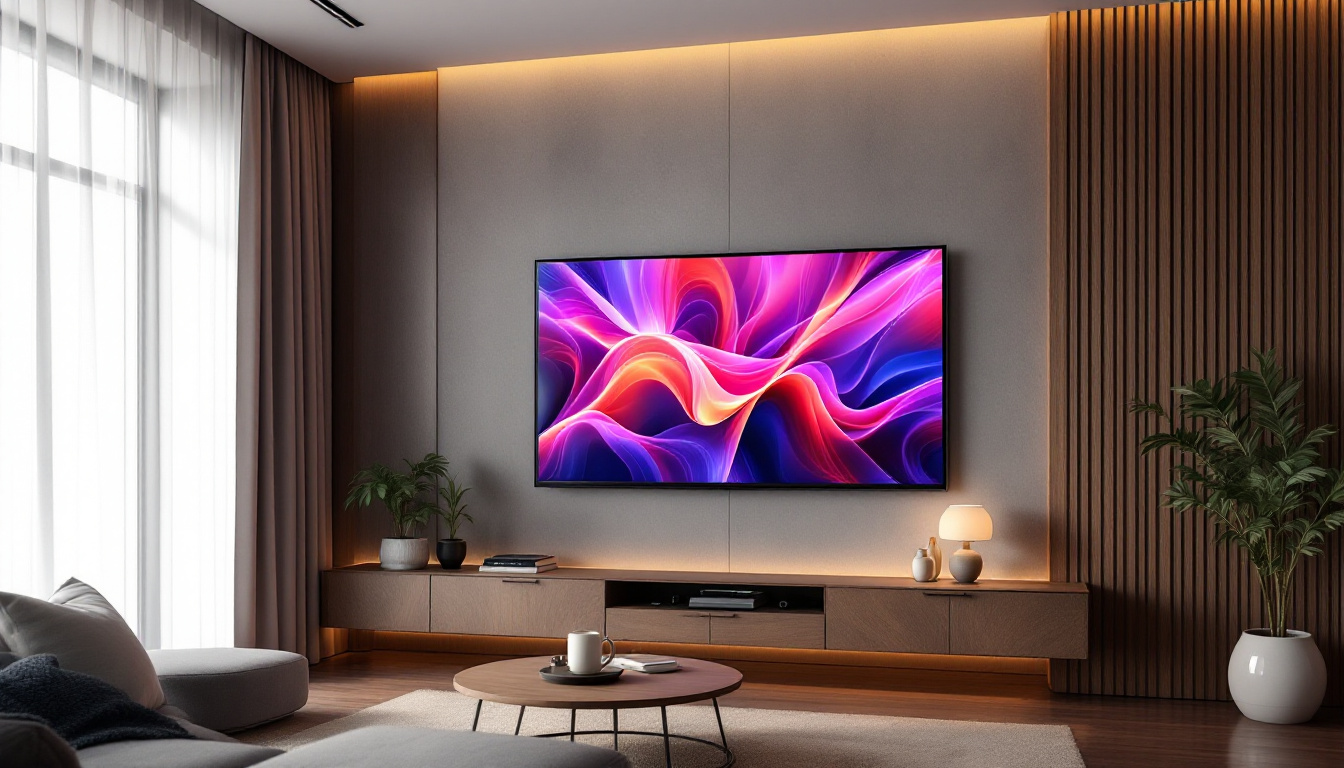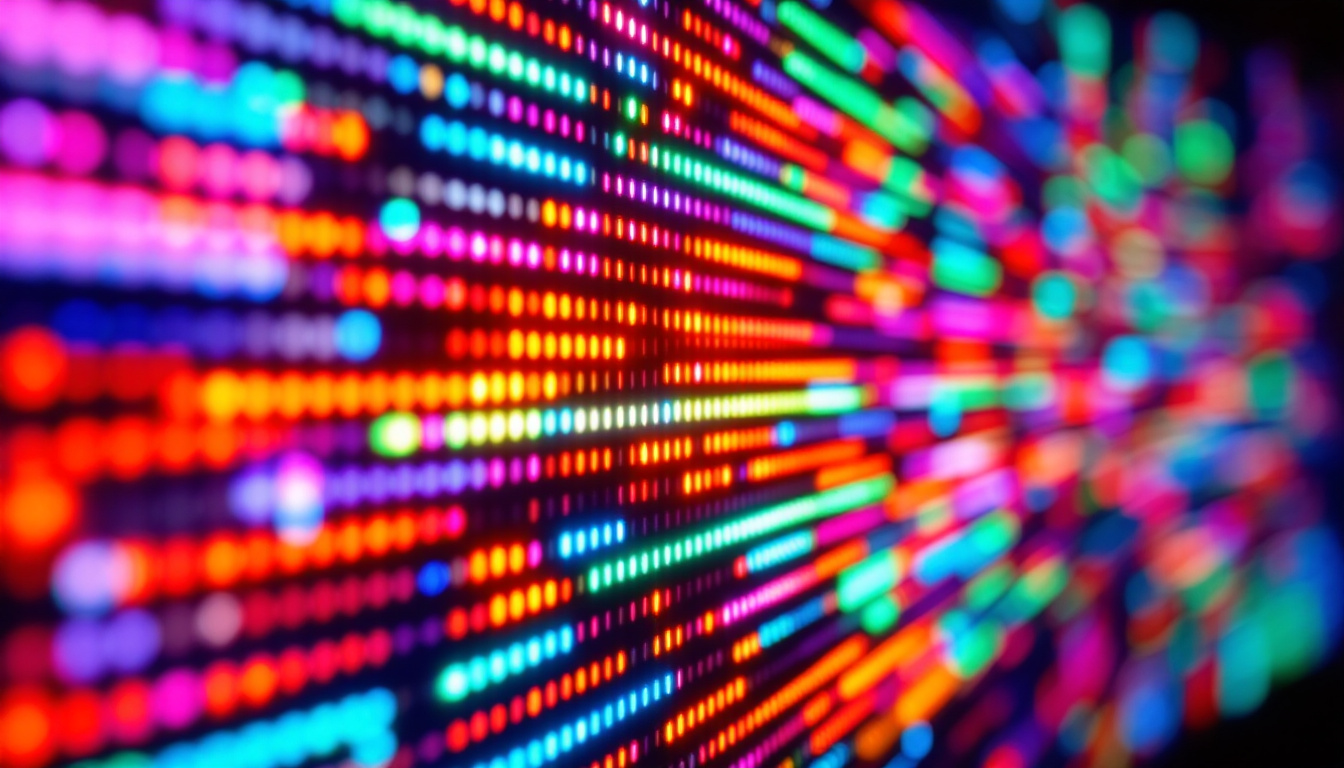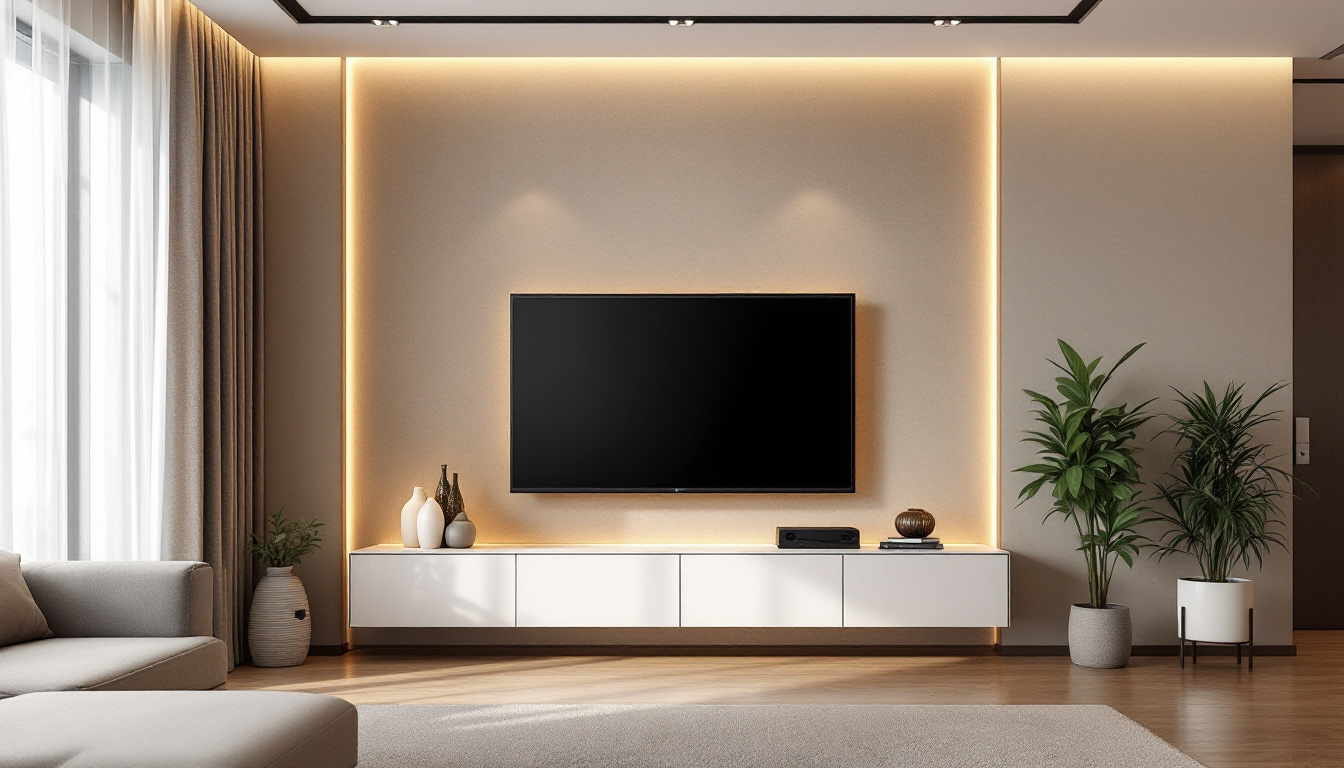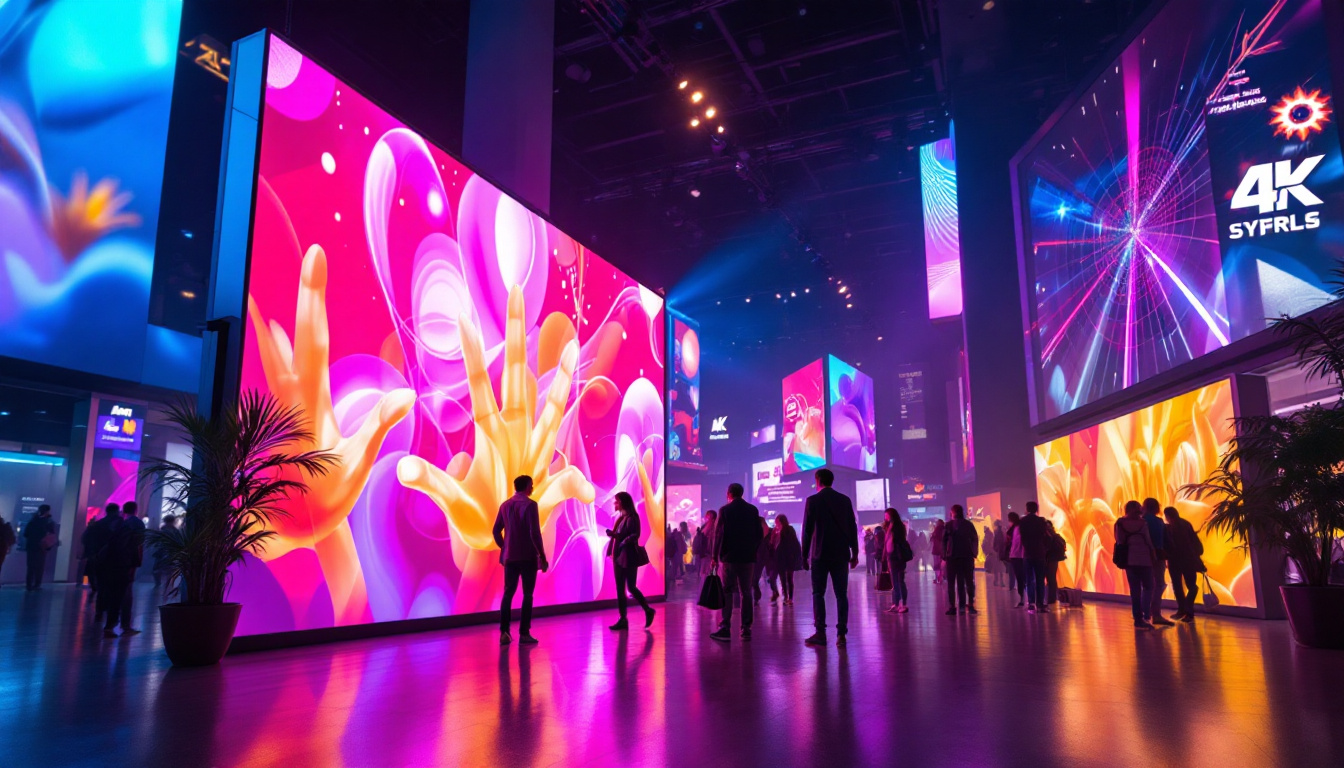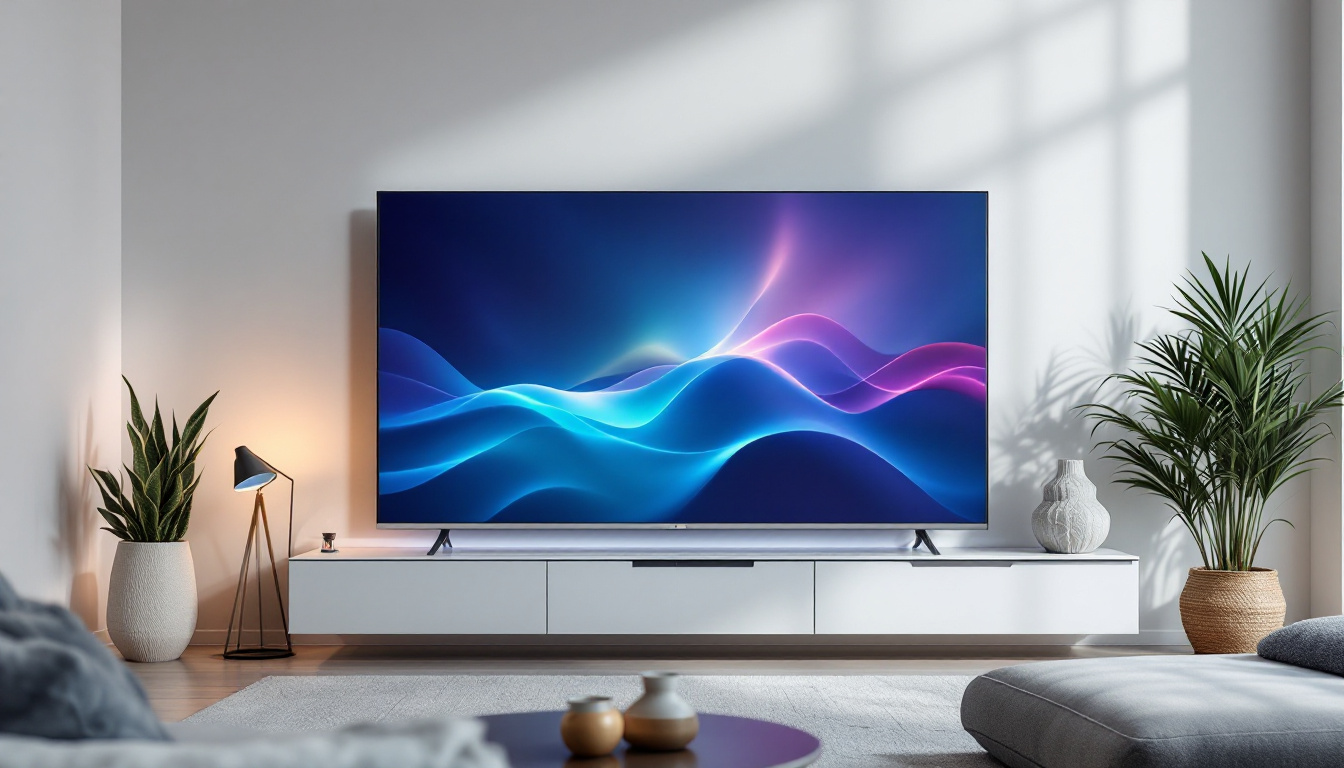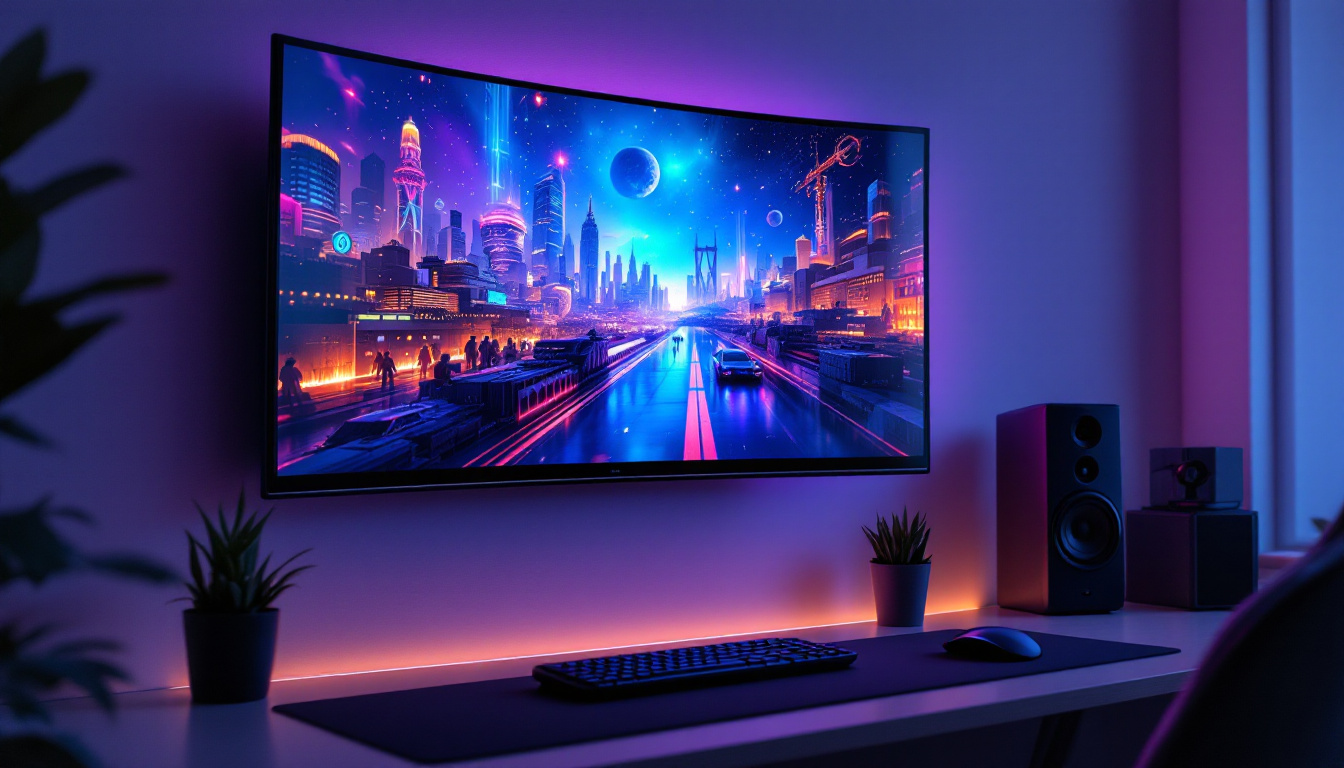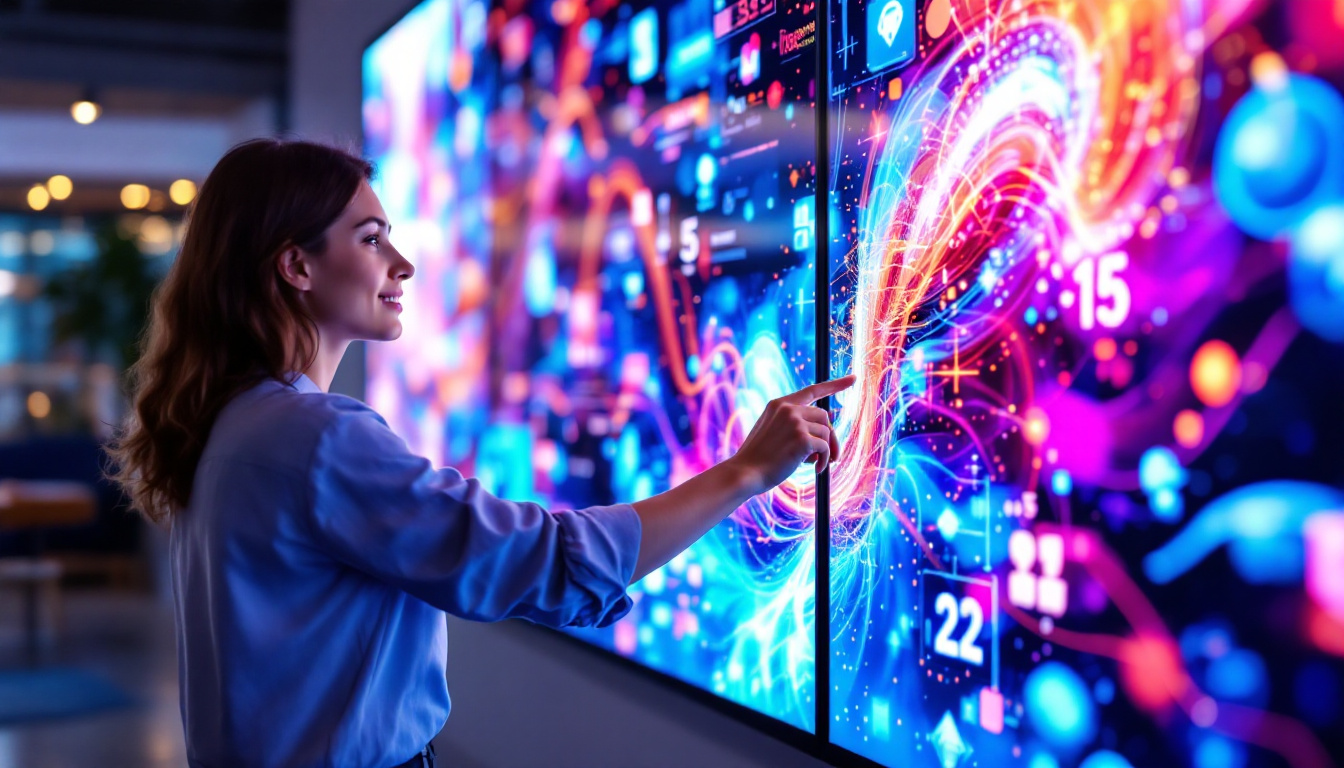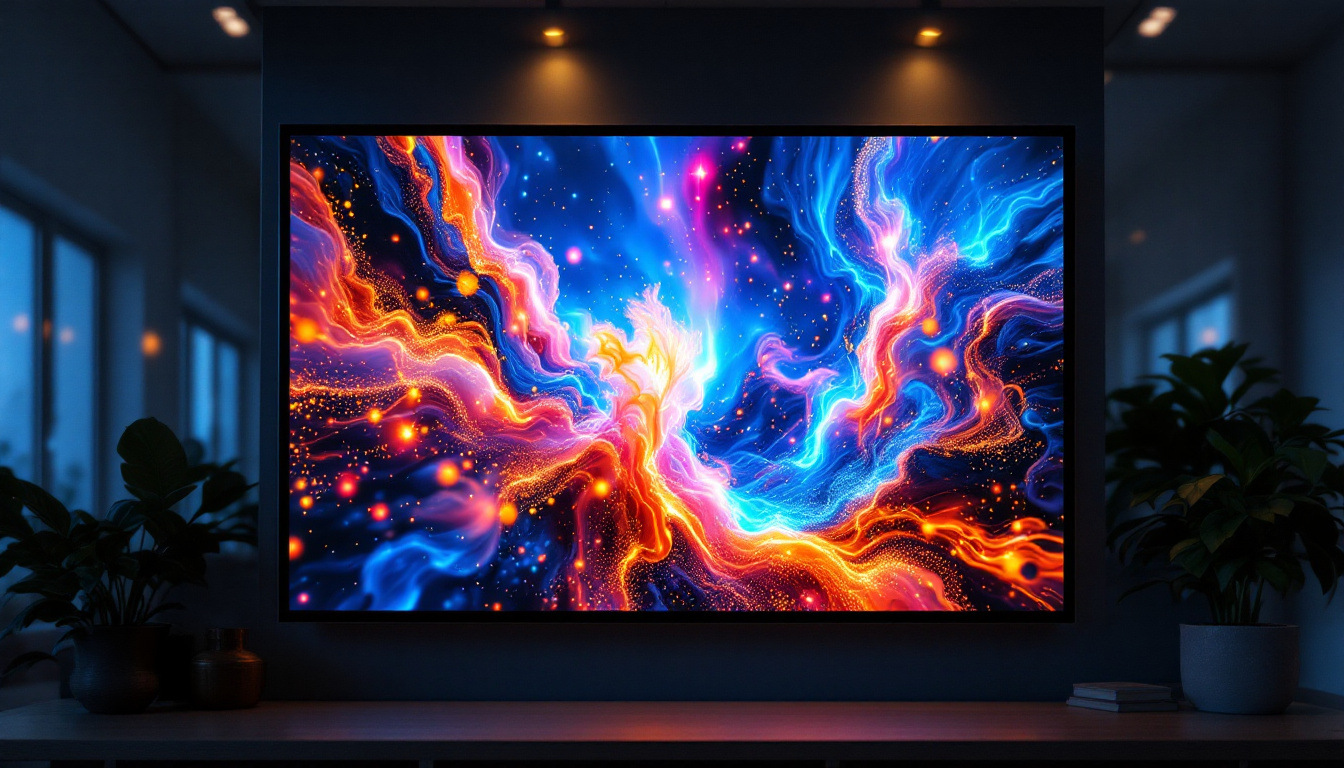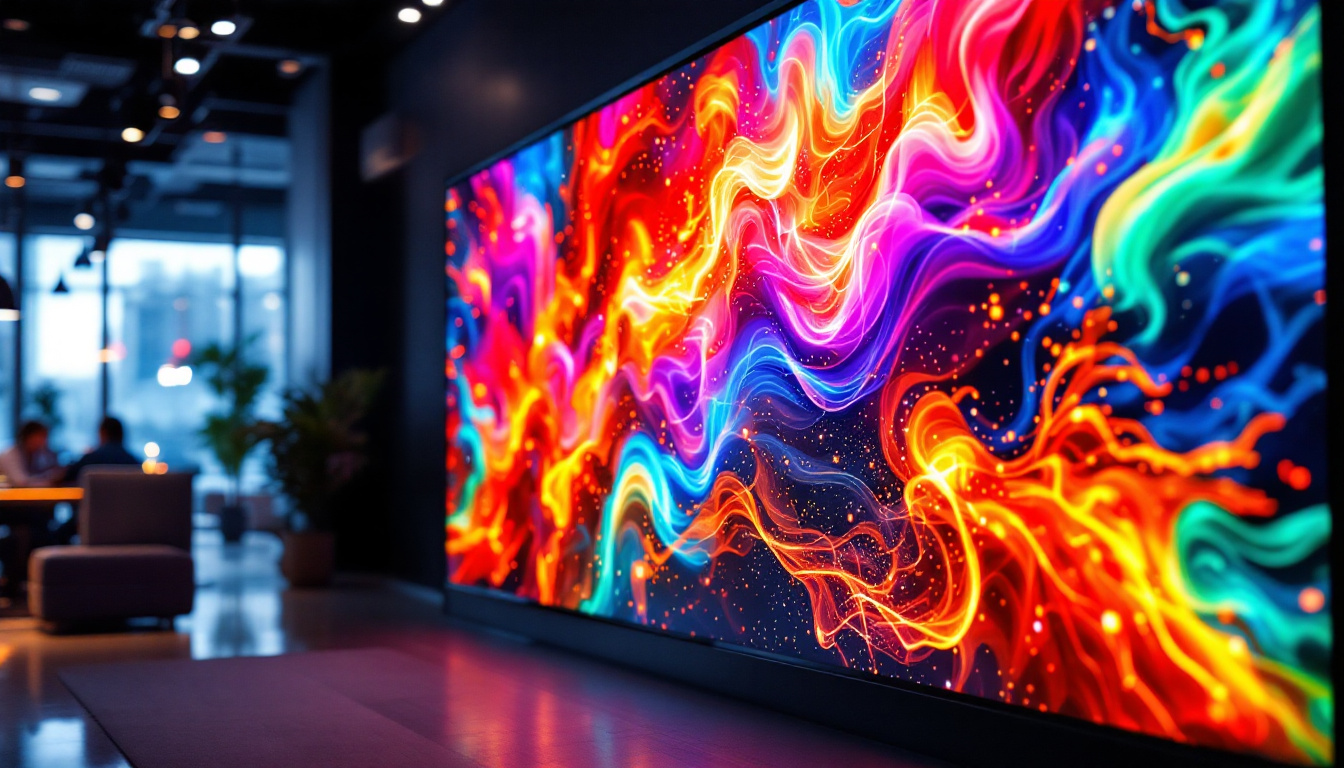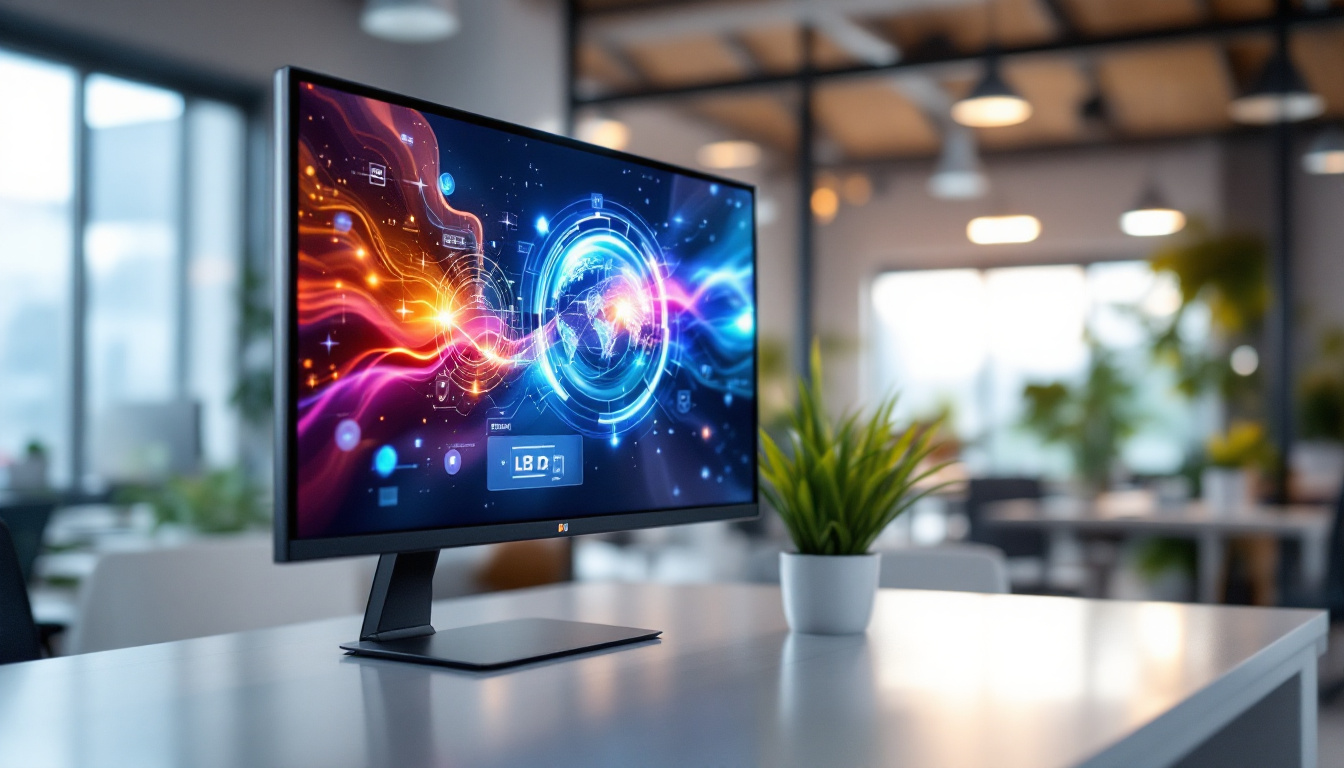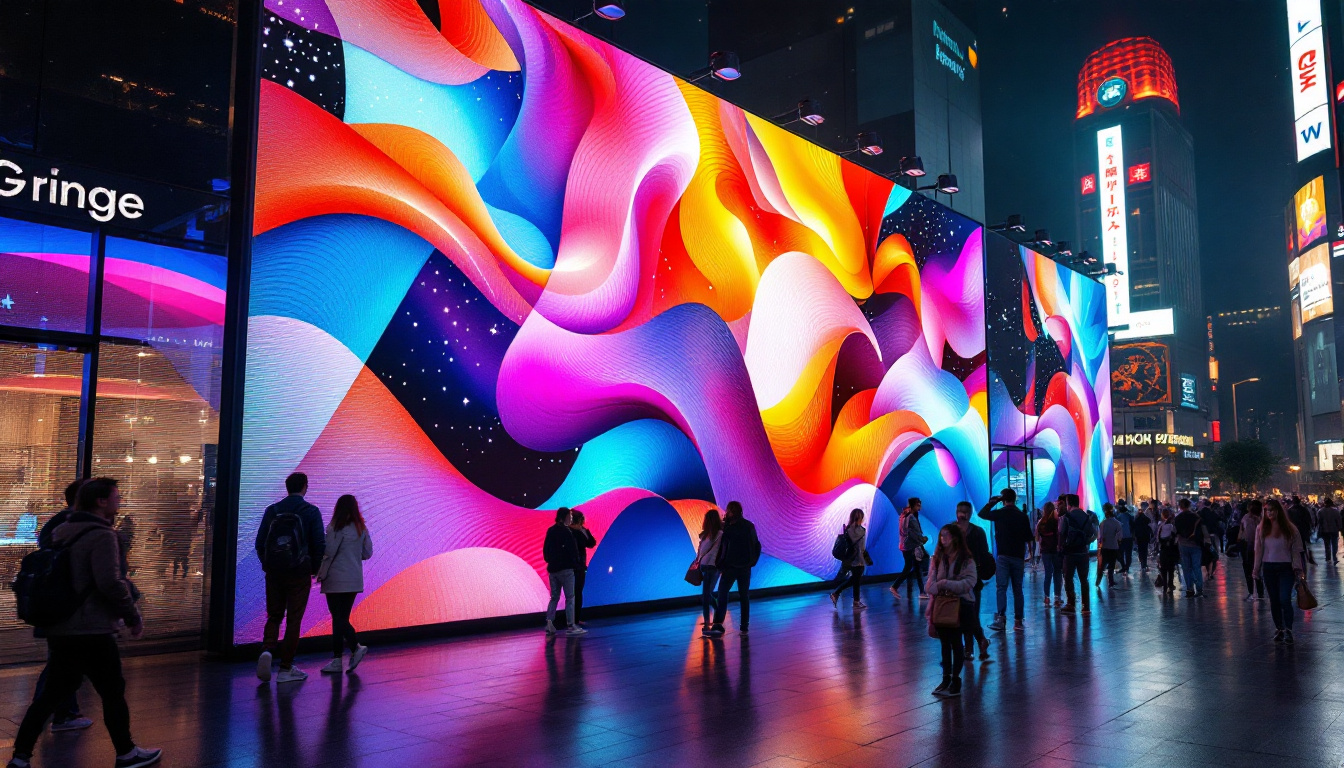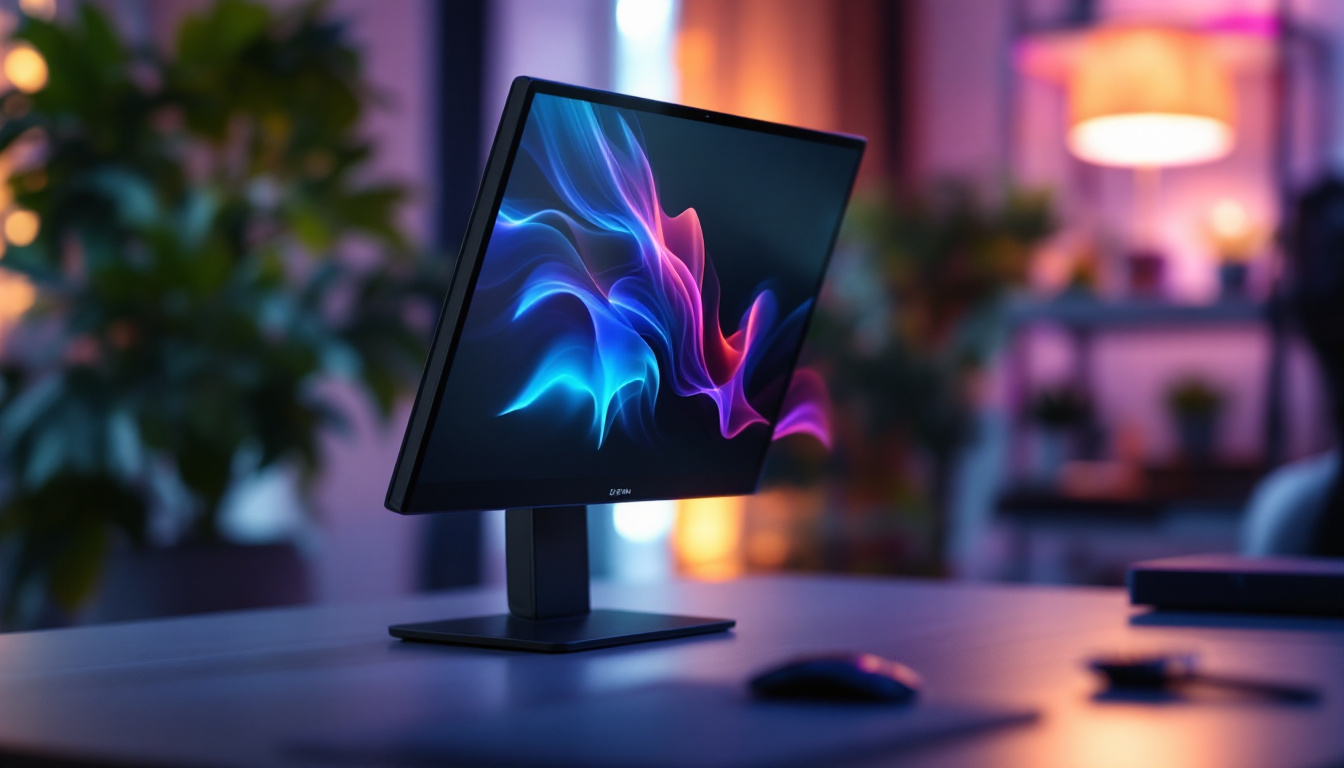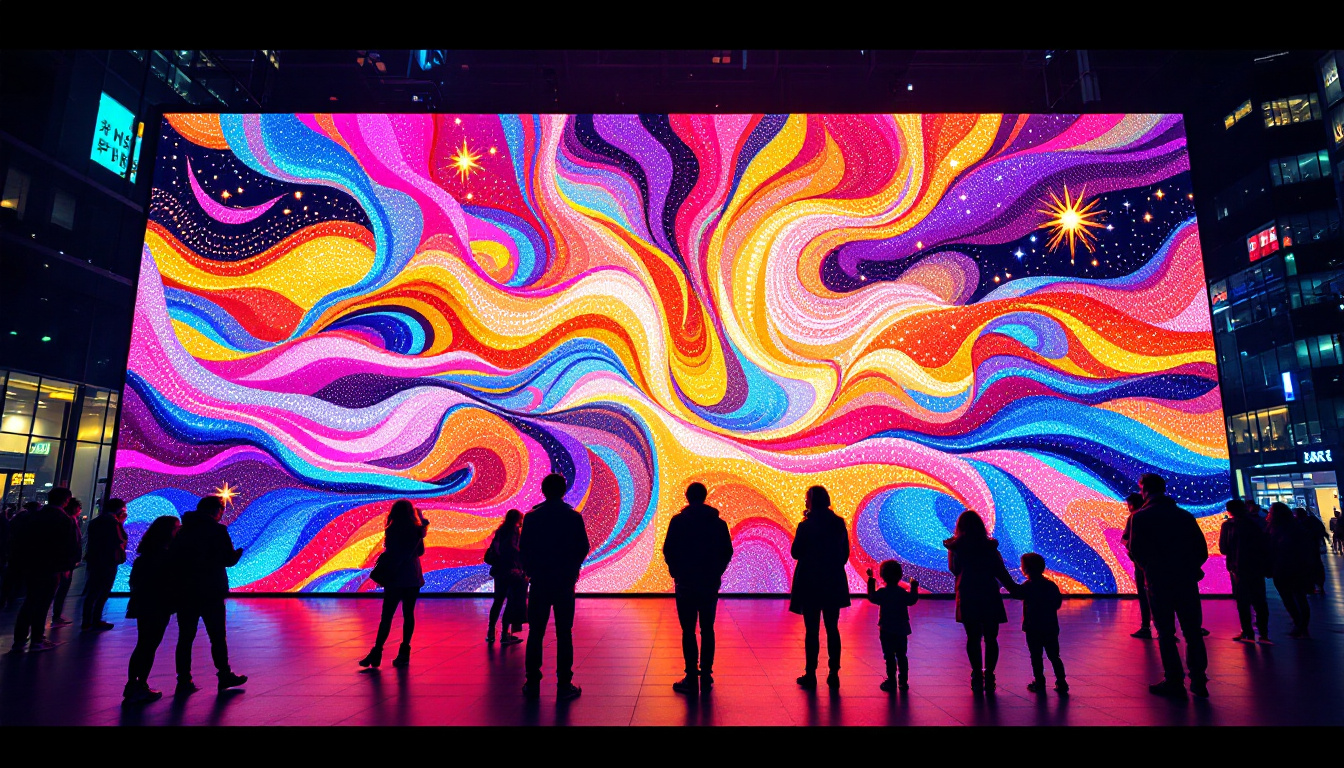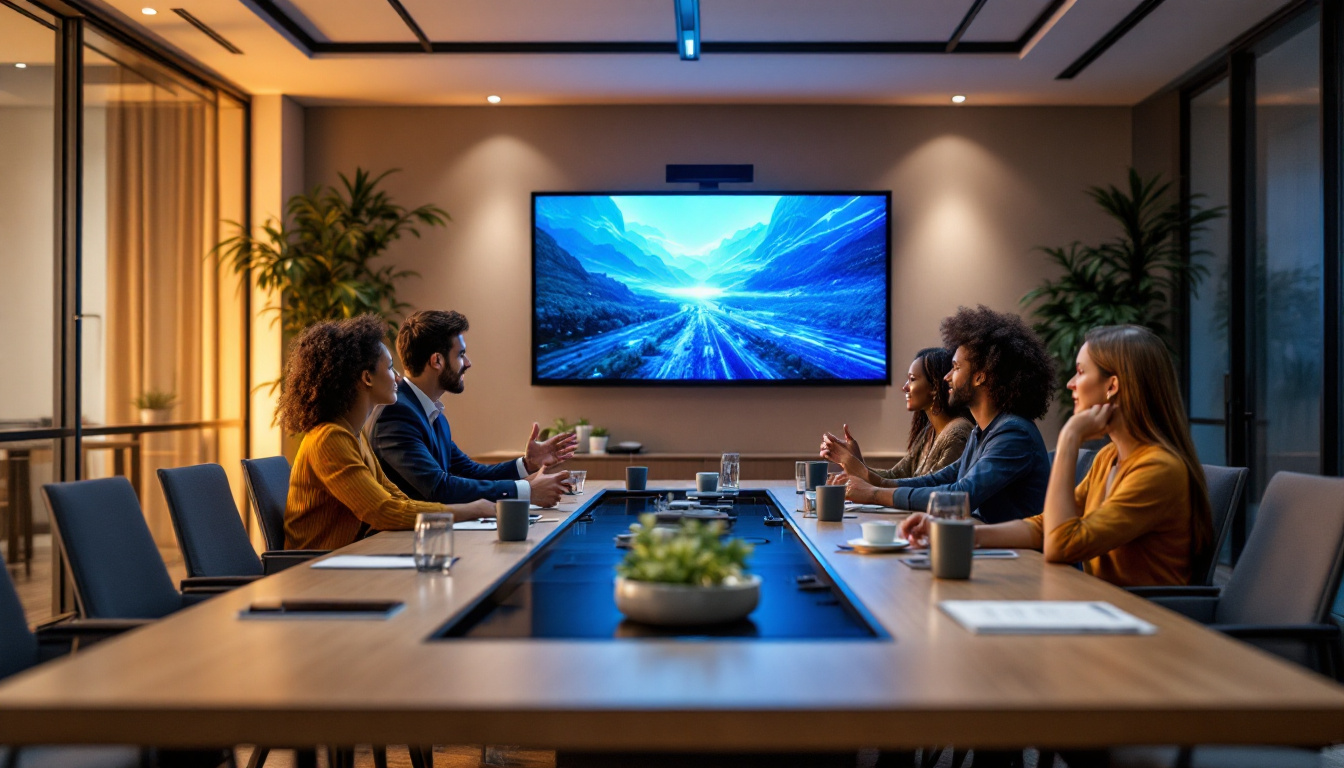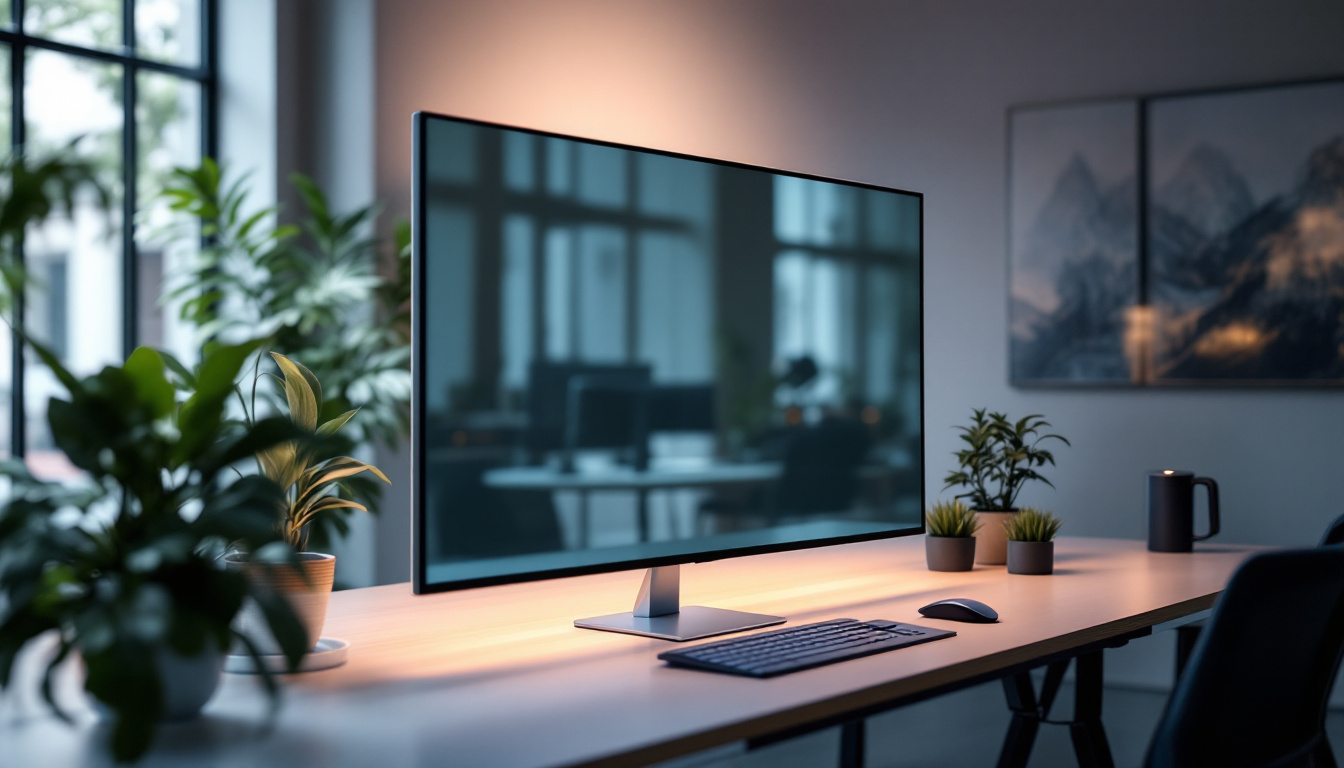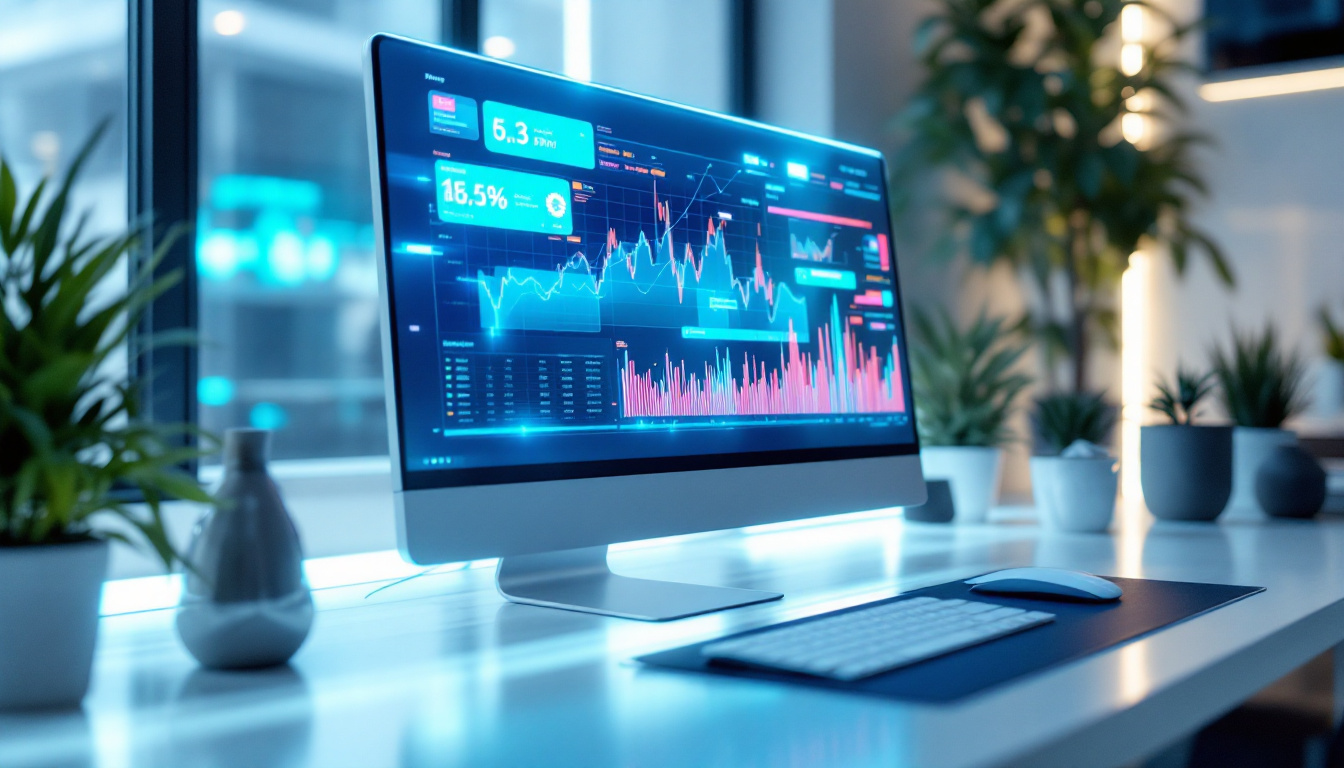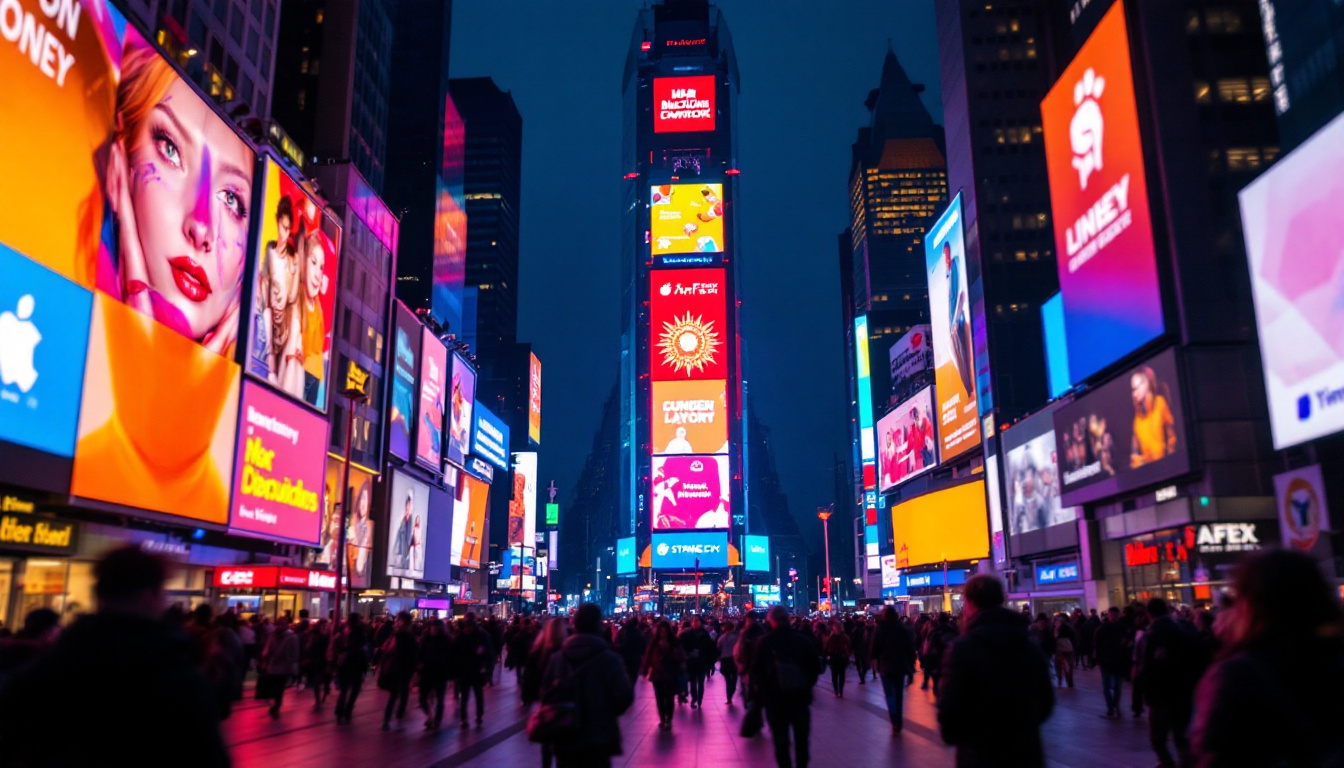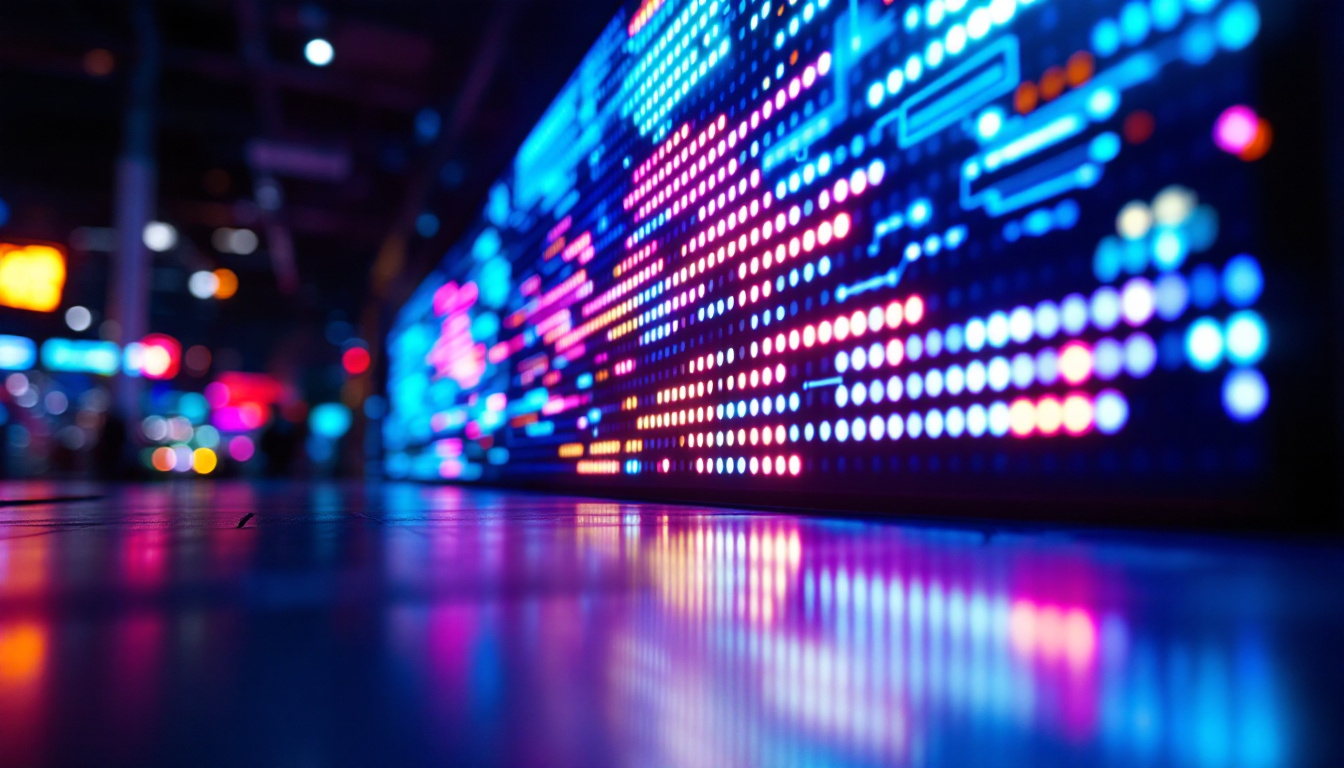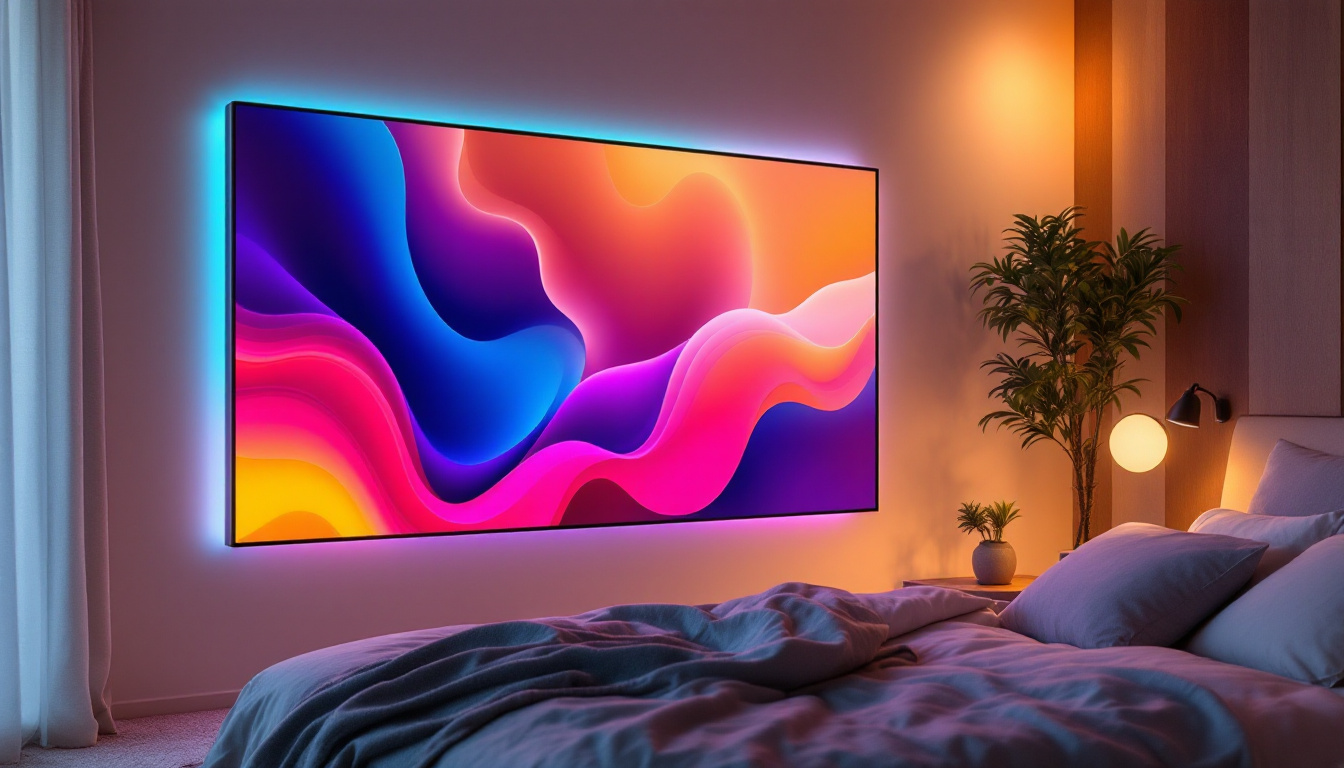In the modern world of visual communication, LED displays have emerged as a cornerstone technology, particularly in the form of screen walls. These expansive displays are not just about showcasing vibrant images and videos; they represent a fusion of technology, design, and functionality. This article dives into the intricacies of LED screen walls, exploring their components, applications, benefits, and future trends.
Understanding LED Technology
Light Emitting Diodes (LEDs) have revolutionized the way visual content is presented. Unlike traditional display technologies, LEDs offer superior brightness, energy efficiency, and longevity. This section delves into the fundamentals of LED technology and how it applies to screen walls.
What is an LED?
An LED, or Light Emitting Diode, is a semiconductor device that emits light when an electric current passes through it. The color of the light emitted depends on the materials used in the semiconductor. LEDs are compact, durable, and consume significantly less energy compared to traditional light sources. This efficiency makes them an increasingly popular choice for a wide range of applications, from household lighting to intricate display systems in commercial settings. Additionally, the lifespan of an LED can exceed 25,000 hours, far outlasting incandescent and fluorescent bulbs, which contributes to their growing adoption in both residential and industrial environments.
How LED Displays Work
LED displays consist of an array of tiny LED lights arranged in a grid. Each pixel is made up of red, green, and blue (RGB) sub-pixels, which combine to create a full spectrum of colors. When these pixels are illuminated in various combinations, they produce images and videos that can be seen from a distance. The technology allows for high resolution and clarity, making it ideal for large-format displays. Furthermore, the modular nature of LED panels means they can be easily scaled to fit different sizes and shapes, making them versatile for various applications, from outdoor billboards to indoor video walls in corporate settings. The adaptability of LED technology also extends to its ability to function in diverse lighting conditions, ensuring that visuals remain vibrant and engaging regardless of ambient light levels.
Components of a Screen Wall
A screen wall is more than just a collection of LED panels; it is a complex system that requires various components to function seamlessly. Understanding these components is crucial for anyone considering the installation of a screen wall.
LED Panels
The most visible component of a screen wall is the LED panels themselves. These panels come in various sizes and resolutions, allowing for customization based on the specific needs of the installation. High-resolution panels are ideal for close viewing distances, while lower-resolution panels may suffice for larger viewing distances. Additionally, LED technology has evolved significantly, with options such as OLED and MicroLED providing even more vibrant colors and deeper blacks, enhancing the overall visual experience. The choice of panel type can greatly influence not only the aesthetic appeal but also the energy efficiency and longevity of the installation.
Control Systems
Control systems play a vital role in managing the content displayed on screen walls. These systems can range from simple remote controls to sophisticated software that allows for real-time content management. Advanced control systems enable users to schedule content, monitor performance, and even integrate interactive elements. Some systems also offer cloud-based solutions, allowing for remote access and updates from anywhere in the world. This flexibility is particularly beneficial for businesses that need to adapt their messaging quickly to respond to changing market conditions or promotional events.
Mounting Structures
Screen walls require robust mounting structures to ensure stability and safety. These structures can be wall-mounted, freestanding, or suspended from ceilings, depending on the environment and design preferences. Proper installation is crucial to prevent damage to the panels and ensure optimal viewing angles. Furthermore, the choice of mounting structure can also affect the overall aesthetic of the installation. For instance, a sleek, minimalistic mount can enhance the modern look of a digital display in a corporate setting, while a more elaborate structure might be suitable for an entertainment venue, adding an element of design flair to the visual experience. Additionally, considerations for cable management and accessibility for maintenance are essential in the design of these structures to ensure that the screen wall remains functional and visually appealing over time.
Applications of Screen Walls
The versatility of screen walls makes them suitable for a wide range of applications across various industries. From advertising to entertainment, their impact is profound and far-reaching.
Advertising and Marketing
One of the most common applications of screen walls is in advertising. Retailers and brands use these displays to capture the attention of potential customers with dynamic visuals. The ability to change content quickly allows for targeted marketing campaigns that can be adjusted based on audience demographics or time of day. Furthermore, the use of high-definition graphics and animations can create a more engaging experience, encouraging customers to interact with the brand. For instance, interactive screen walls can allow users to browse products or access promotions, turning passive viewers into active participants in the shopping experience.
Entertainment Venues
Screen walls are a staple in entertainment venues, such as concert halls, theaters, and sports arenas. They enhance the audience experience by providing immersive visuals that complement live performances. In addition, they can serve as backdrops for events, adding an extra layer of excitement and engagement. The integration of screen walls with sound systems can create a multisensory experience that captivates audiences, making events more memorable. For example, during a concert, a screen wall can display live footage of the performers, special effects, and synchronized visuals that respond to the music, creating a cohesive and exhilarating atmosphere that keeps the audience enthralled.
Corporate Environments
In corporate settings, screen walls are often used for presentations, video conferencing, and internal communications. They facilitate collaboration among teams and can be used to display important information in real-time. This functionality enhances productivity and ensures that everyone is on the same page. Moreover, screen walls can be utilized for digital signage, showcasing company achievements, upcoming events, or employee recognition, thus fostering a sense of community and engagement within the workplace. By incorporating data visualization tools, companies can also present complex information in a more digestible format, making meetings more effective and informative. The adaptability of screen walls allows businesses to create an environment that is not only functional but also visually appealing, promoting a modern and innovative corporate culture.
Benefits of Screen Walls
The advantages of installing a screen wall are numerous, making them an appealing choice for various applications. Understanding these benefits can help organizations make informed decisions about their visual communication strategies.
High Visibility and Impact
One of the primary benefits of screen walls is their high visibility. The brightness and clarity of LED displays ensure that content is easily seen from a distance, making them ideal for crowded environments. This visibility translates into greater engagement and retention of information among viewers.
Energy Efficiency
LED technology is known for its energy efficiency. Screen walls consume significantly less power compared to traditional display technologies, leading to reduced operational costs. This aspect is particularly appealing for businesses looking to minimize their environmental footprint while maximizing impact.
Durability and Longevity
LED displays are built to last. They are resistant to shock, vibration, and temperature fluctuations, making them suitable for both indoor and outdoor environments. With proper maintenance, screen walls can have a lifespan of over a decade, providing a long-term solution for visual communication needs.
Challenges and Considerations
While screen walls offer many benefits, there are also challenges and considerations that potential users should be aware of. Addressing these issues can help ensure a successful installation and operation.
Initial Investment
The initial cost of purchasing and installing a screen wall can be significant. Organizations must weigh the upfront investment against the long-term benefits. It is essential to conduct a thorough cost-benefit analysis to determine if a screen wall is the right choice for a particular application.
Maintenance Requirements
Although LED displays are durable, they do require regular maintenance to ensure optimal performance. This includes cleaning the panels, checking connections, and updating software. Organizations should factor in these ongoing maintenance costs when planning their budget.
Content Management
Effective content management is crucial for maximizing the impact of a screen wall. Organizations must invest time and resources into creating engaging content that resonates with their audience. Additionally, having a reliable control system in place is essential for scheduling and displaying content seamlessly.
Future Trends in Screen Wall Technology
The world of screen wall technology is continuously evolving. As advancements are made, new trends are emerging that promise to enhance the capabilities and applications of LED displays.
Increased Resolution and Pixel Density
As technology advances, the resolution and pixel density of LED displays are expected to improve significantly. This will allow for even sharper images and more detailed visuals, making screen walls an even more powerful tool for communication and engagement.
Integration with Interactive Technologies
Interactive screen walls are becoming increasingly popular, allowing viewers to engage with content in real-time. This integration of touch technology and augmented reality can create immersive experiences that captivate audiences and enhance the effectiveness of visual communication.
Smart Features and AI Integration
The incorporation of smart features and artificial intelligence is set to revolutionize the way screen walls are used. AI can optimize content delivery based on viewer behavior and preferences, ensuring that the right message reaches the right audience at the right time. This level of personalization can significantly enhance engagement and effectiveness.
Conclusion
Screen walls represent a significant advancement in visual communication technology. Their ability to deliver high-quality, dynamic content makes them invaluable across various industries, from advertising to corporate environments. While there are challenges to consider, the benefits often outweigh the drawbacks, particularly when organizations invest in proper planning and maintenance.
As technology continues to evolve, the future of screen walls looks promising. With advancements in resolution, interactivity, and smart features, these displays will only become more integral to effective communication strategies. Embracing this technology can lead to enhanced engagement, improved brand visibility, and a more dynamic interaction with audiences.
In a world where visual communication is paramount, understanding and leveraging the capabilities of screen walls can set organizations apart, making them a worthy investment for the future.
Explore Cutting-Edge LED Display Solutions with LumenMatrix
Ready to elevate your visual communication strategy with the latest in LED display technology? Discover how LumenMatrix’s innovative solutions can transform your space and captivate your audience. From vibrant Indoor and Outdoor LED Wall Displays to dynamic Vehicle and Sports LED Displays, our extensive range caters to every need. Experience the future of digital signage with our All-in-One, Custom, Floor, and Transparent LED Displays, designed to make your brand stand out. Don’t miss the opportunity to create immersive experiences and share your message with unparalleled clarity. Check out LumenMatrix LED Display Solutions today and see the difference for yourself.

